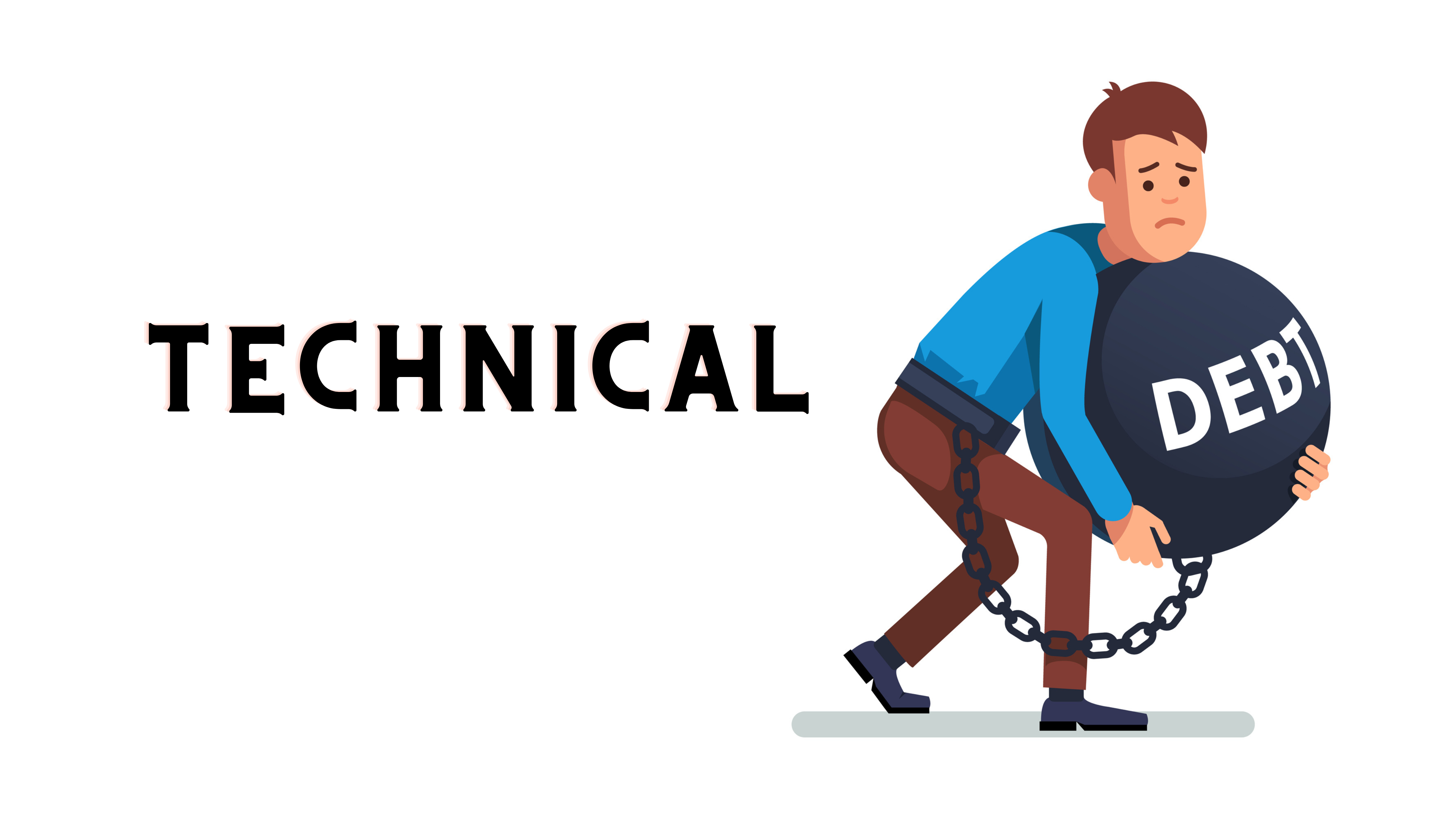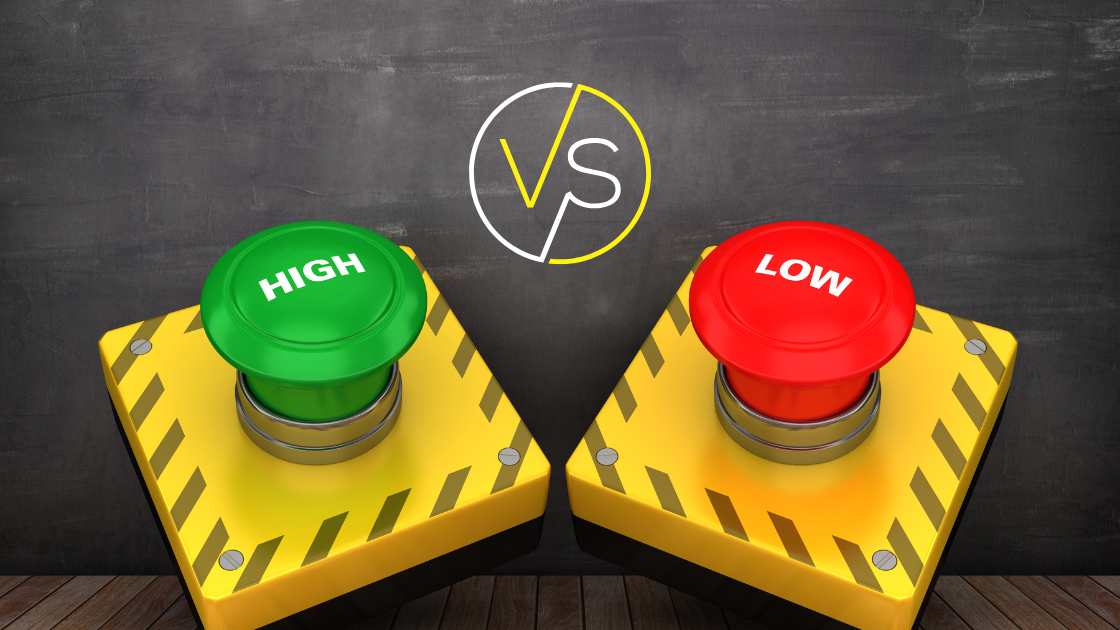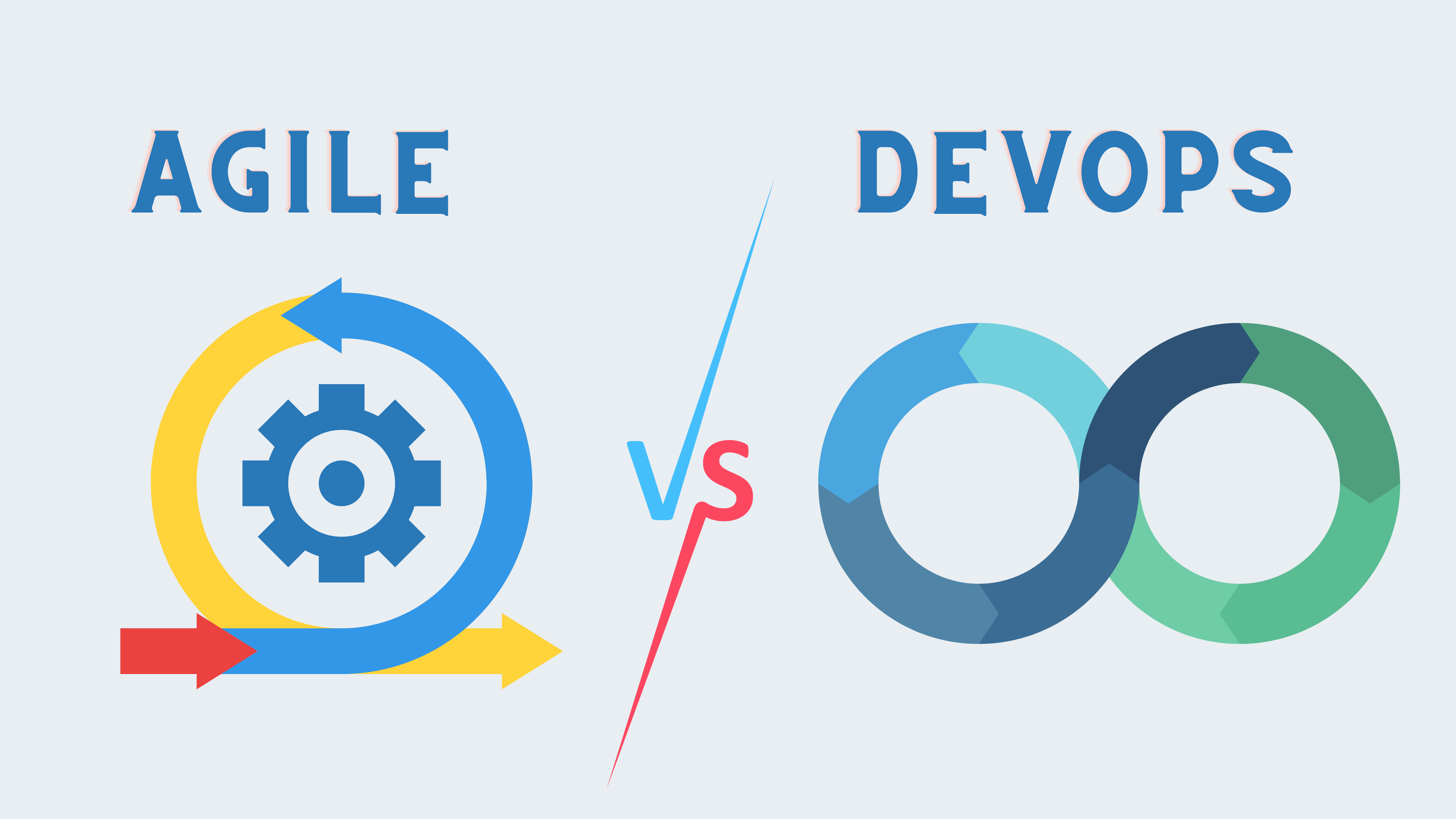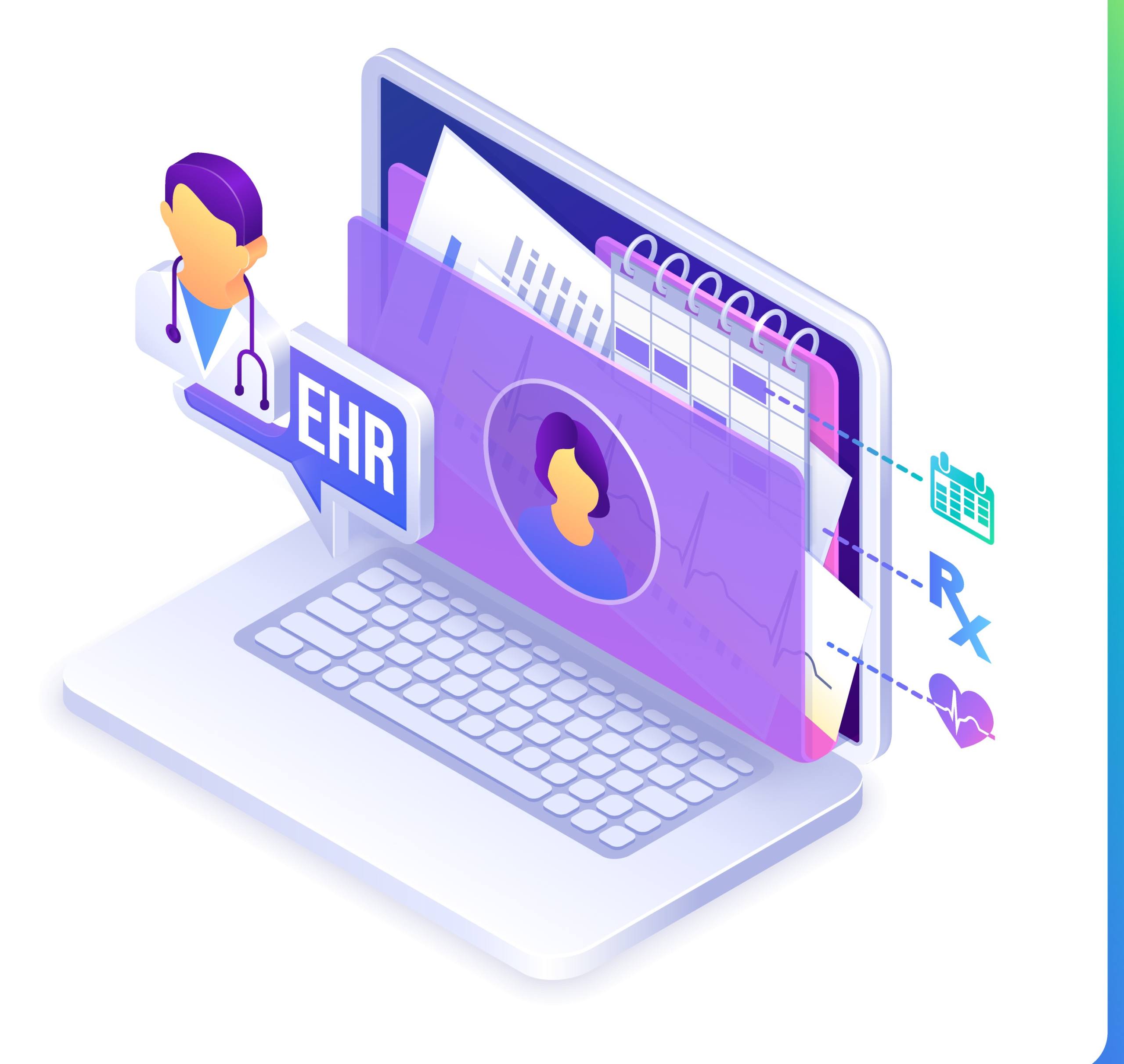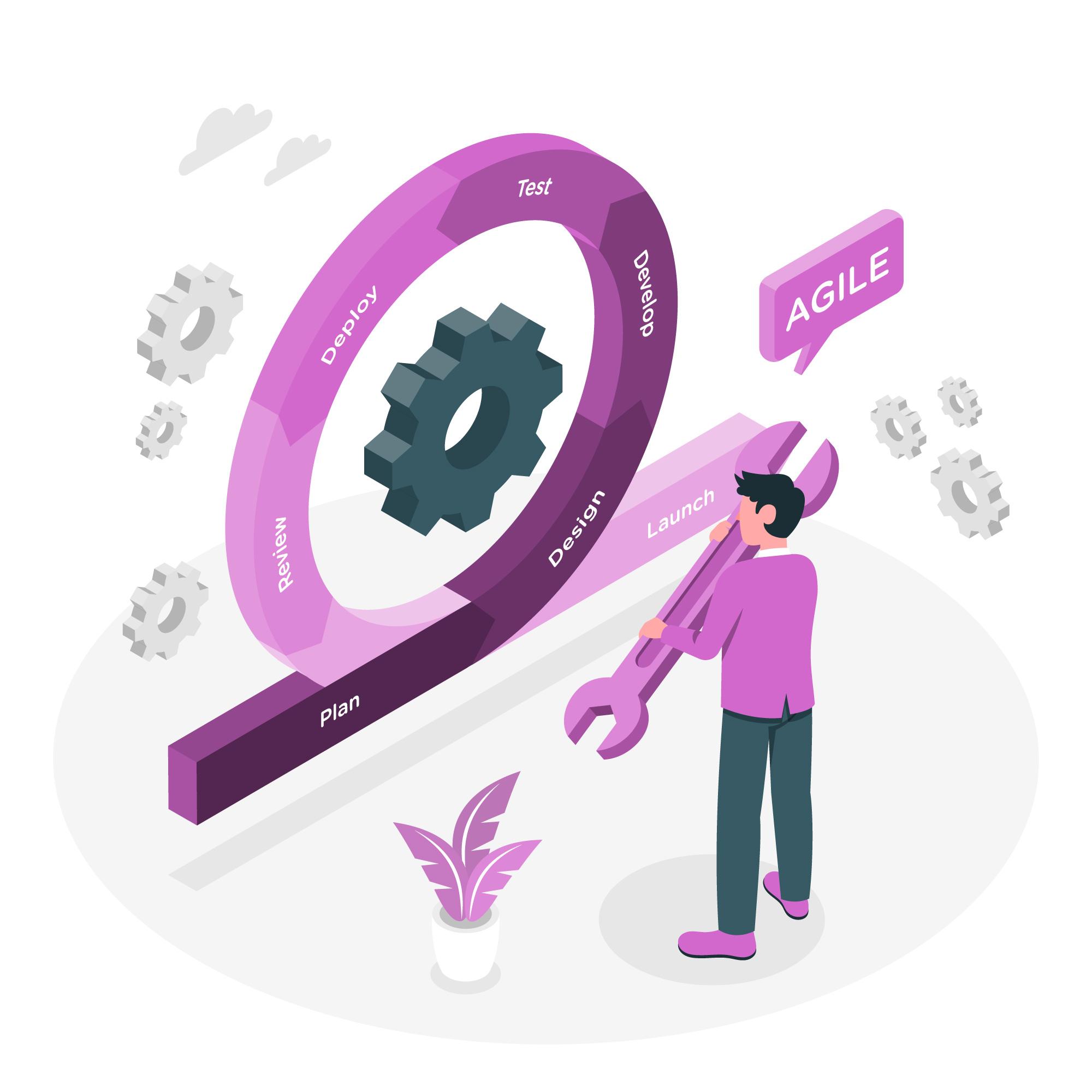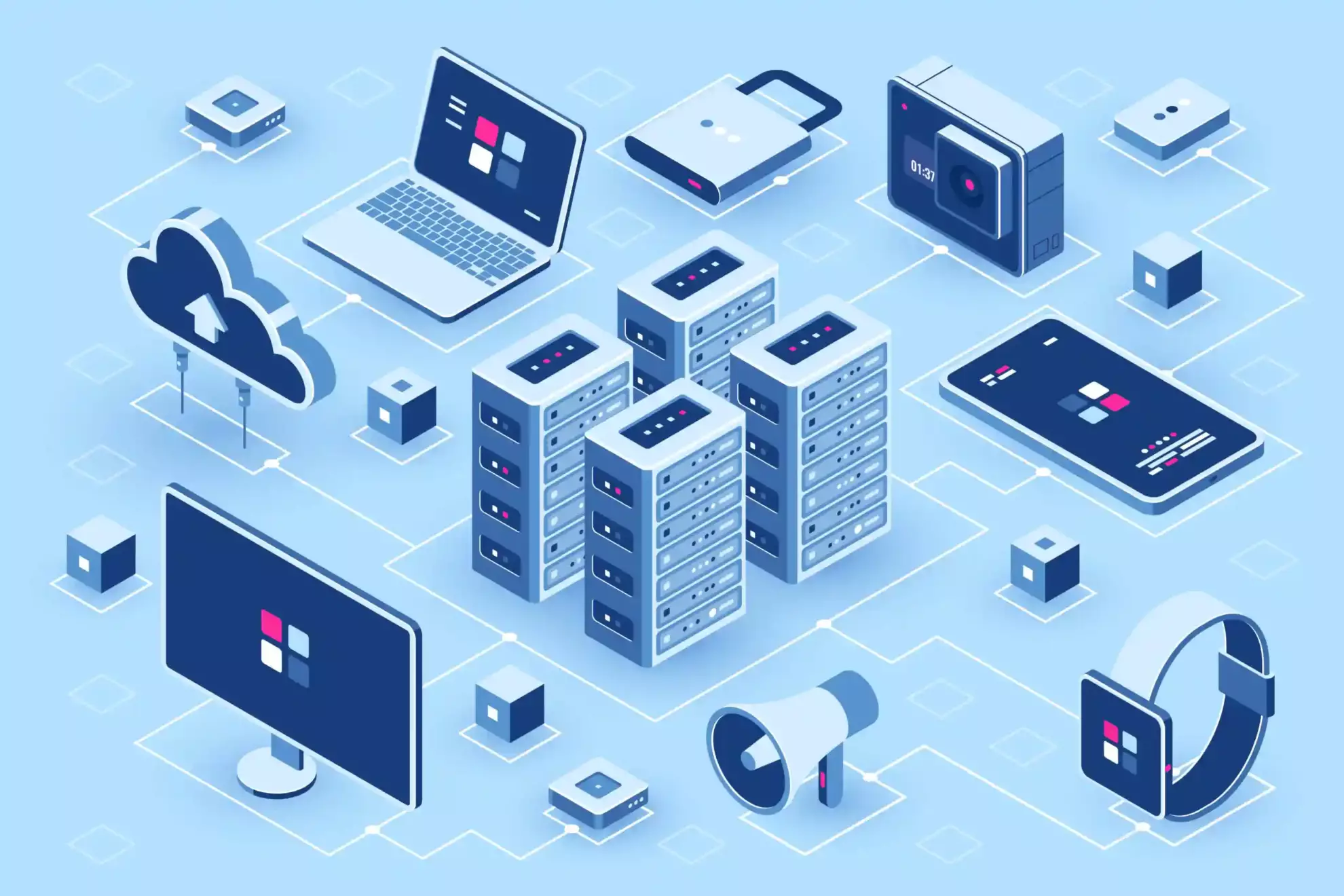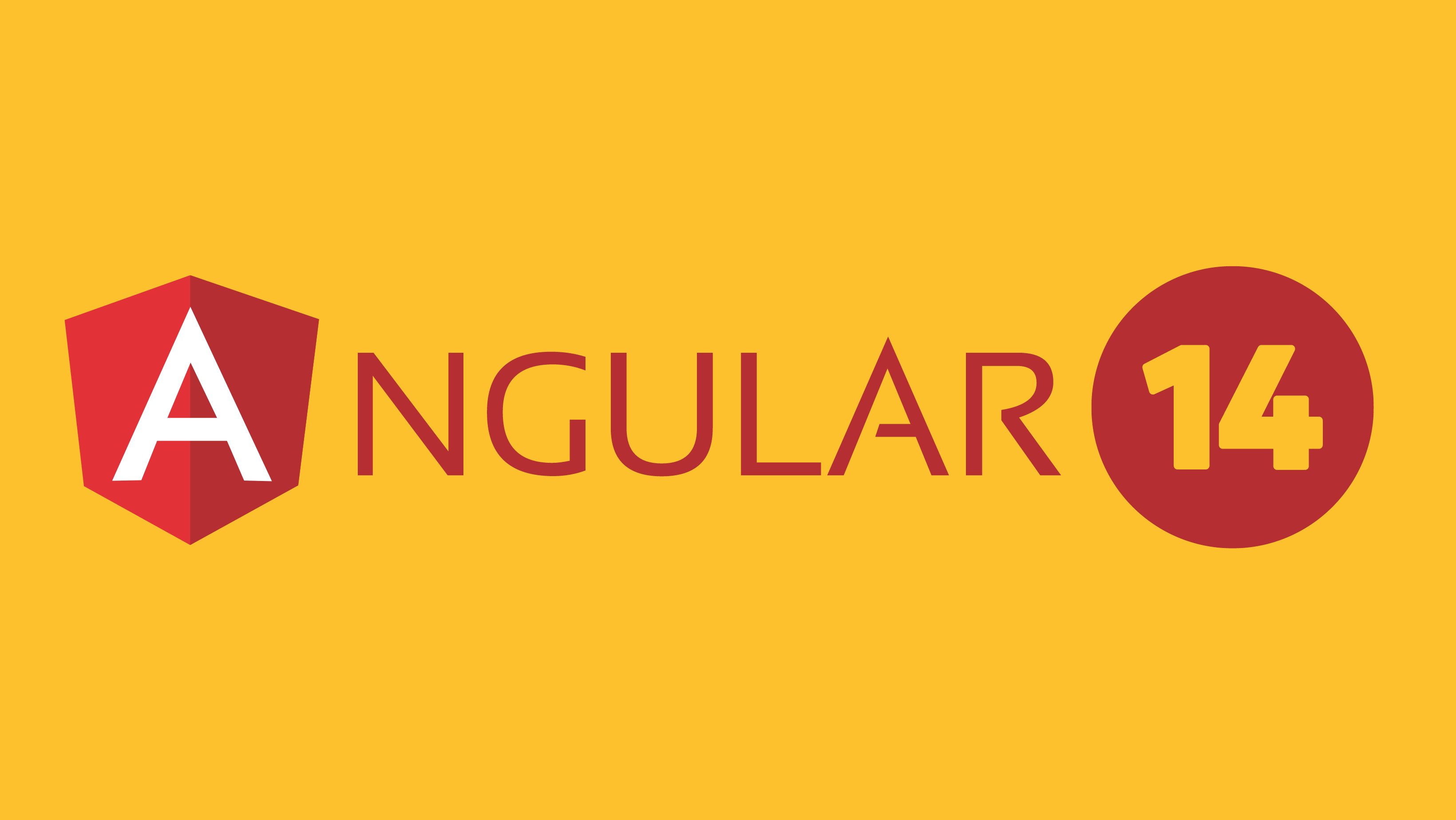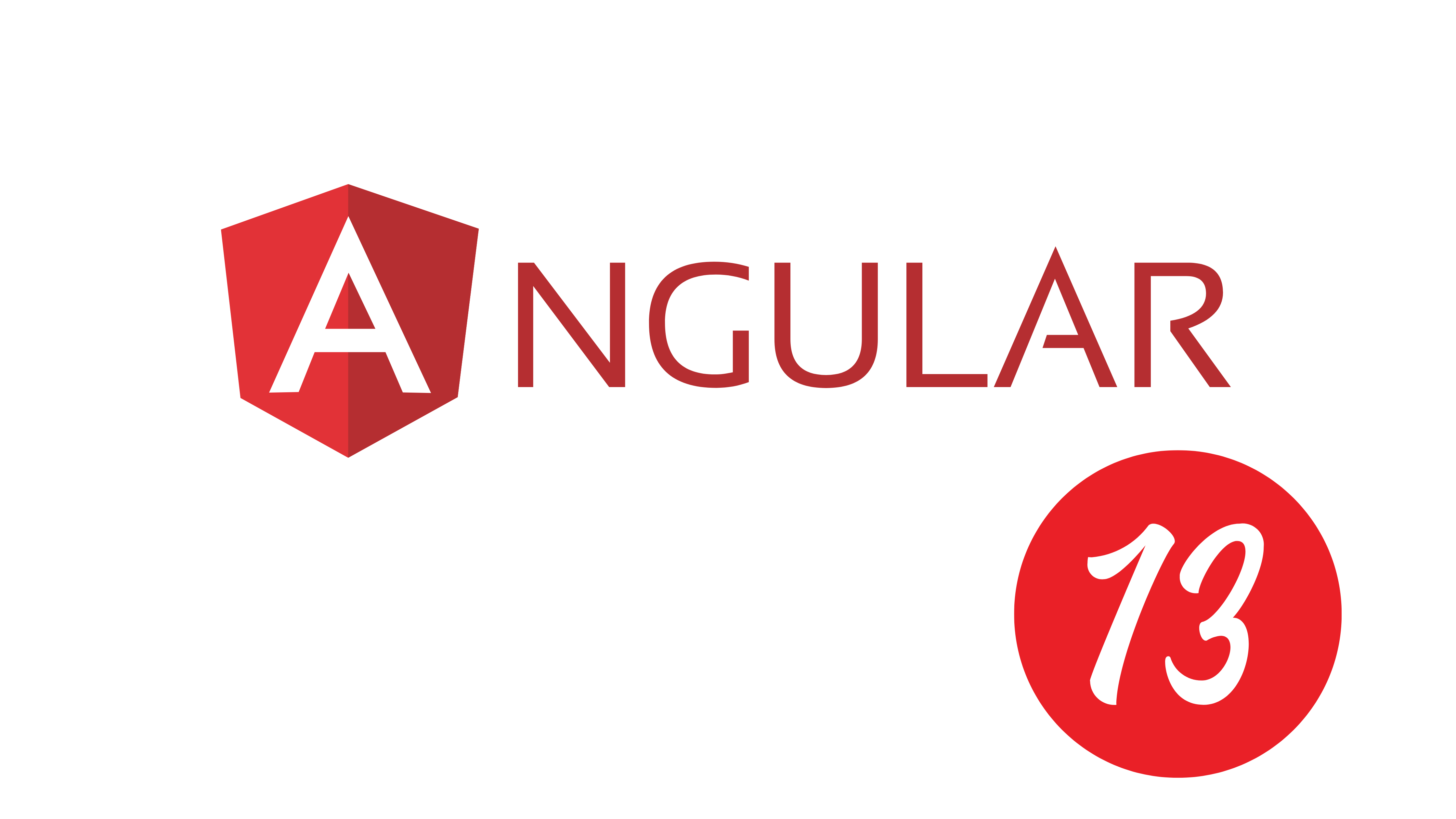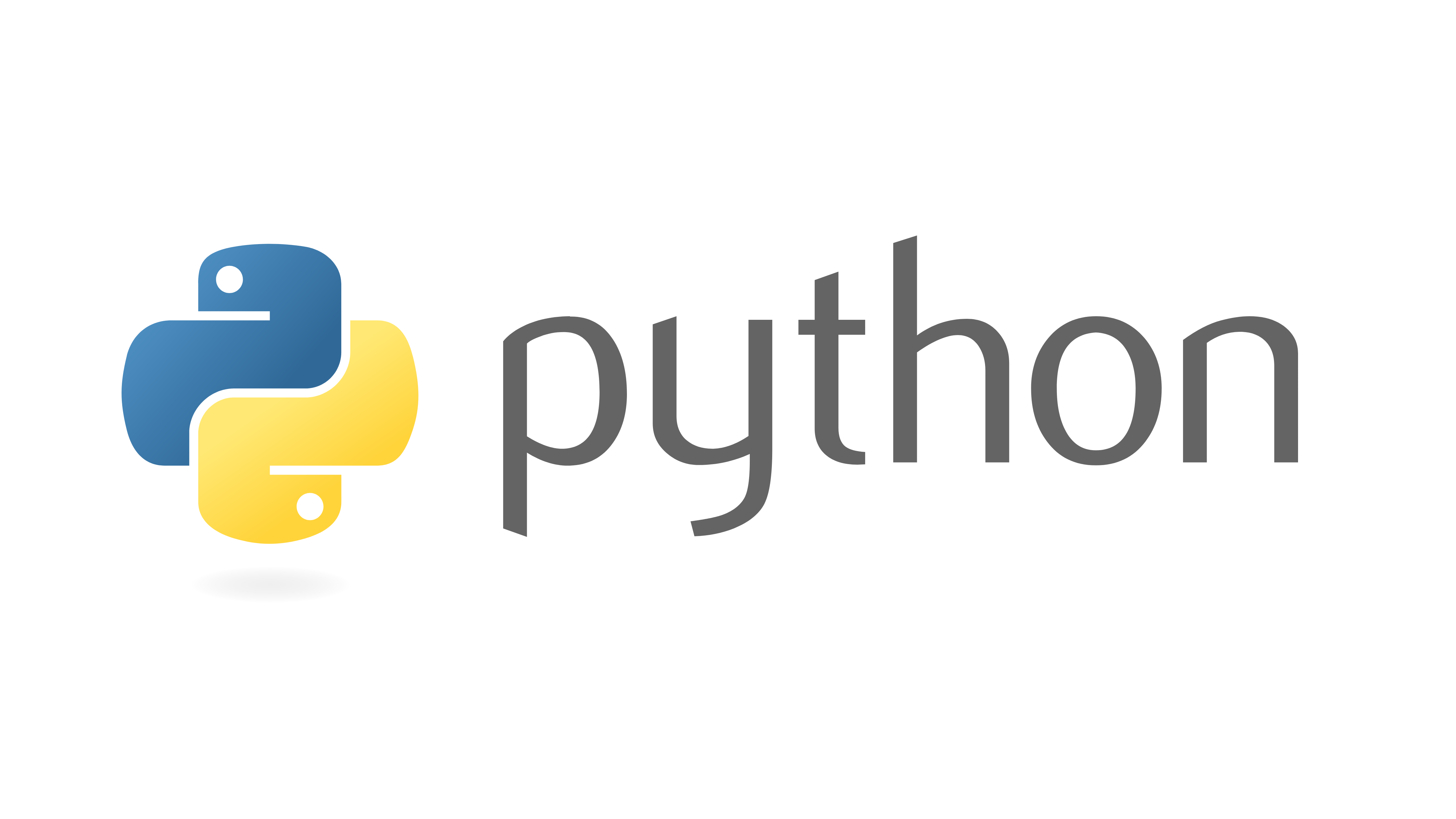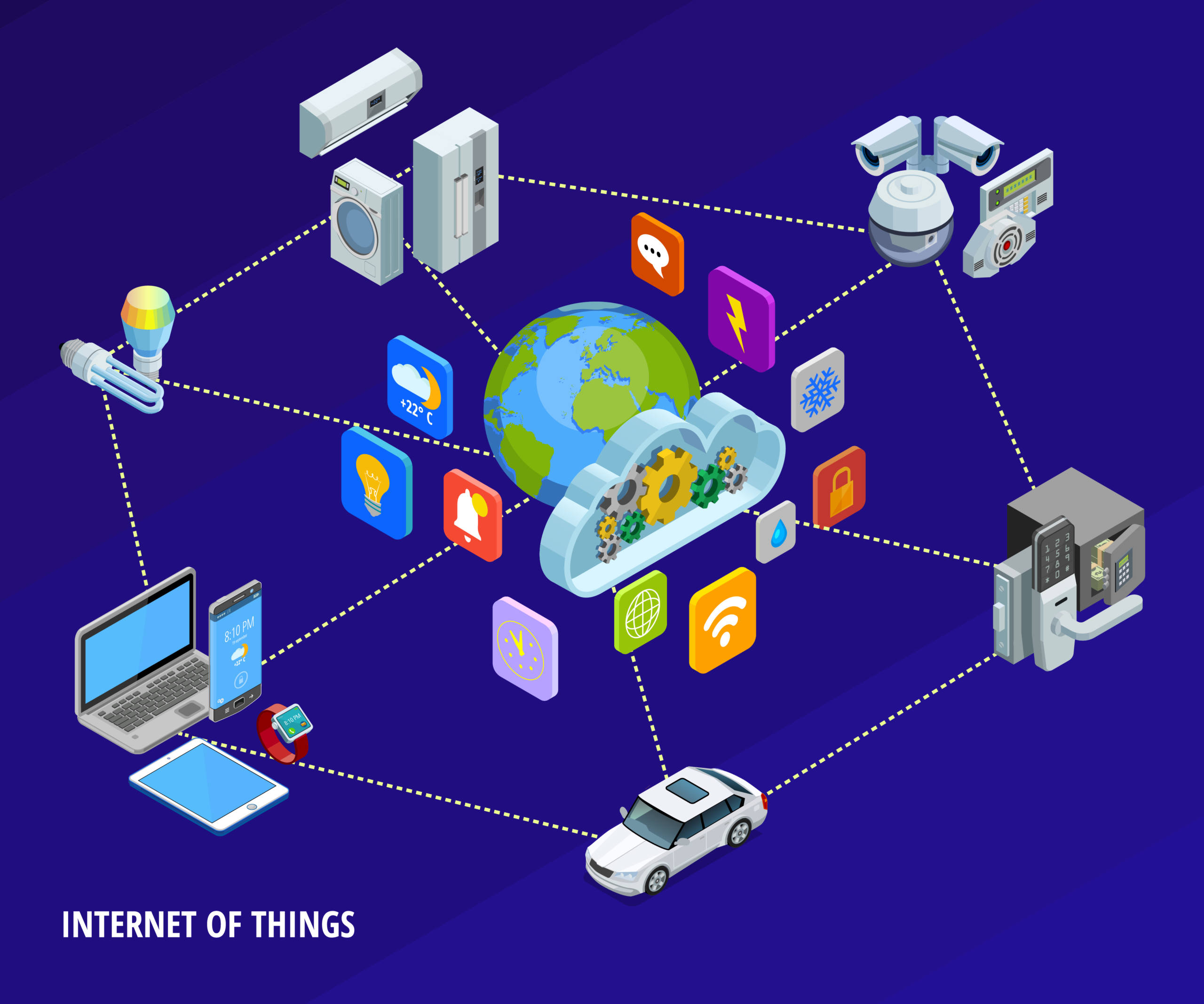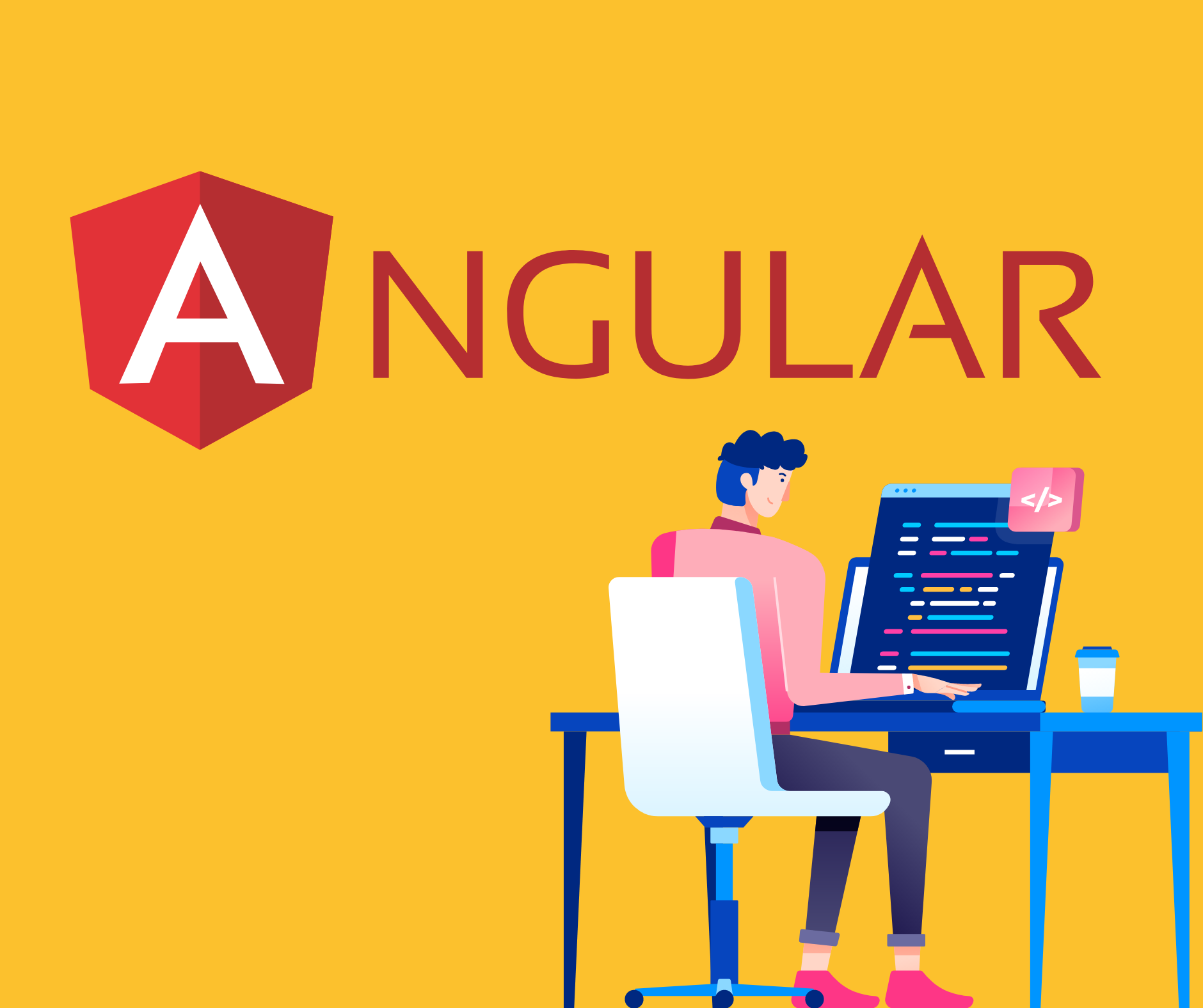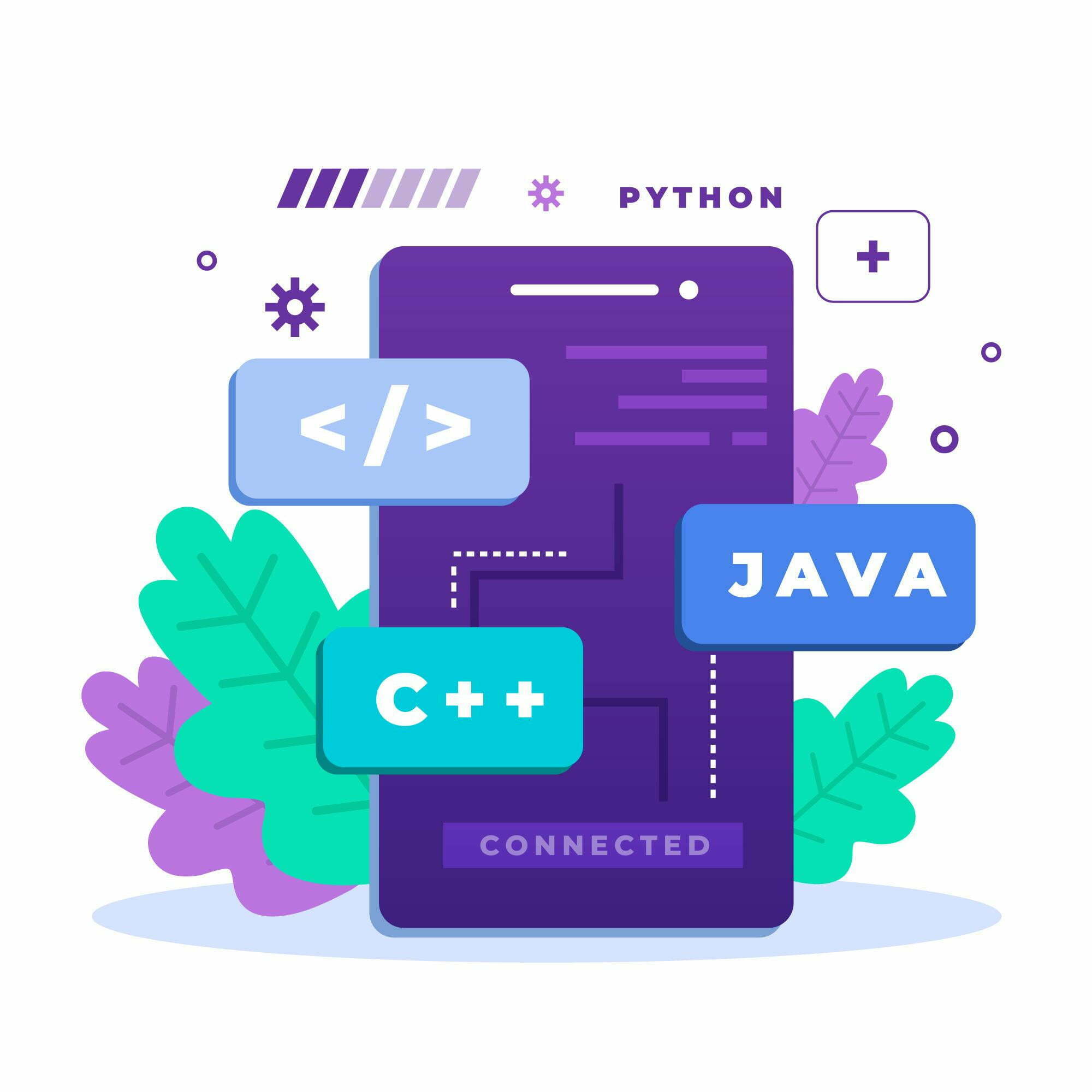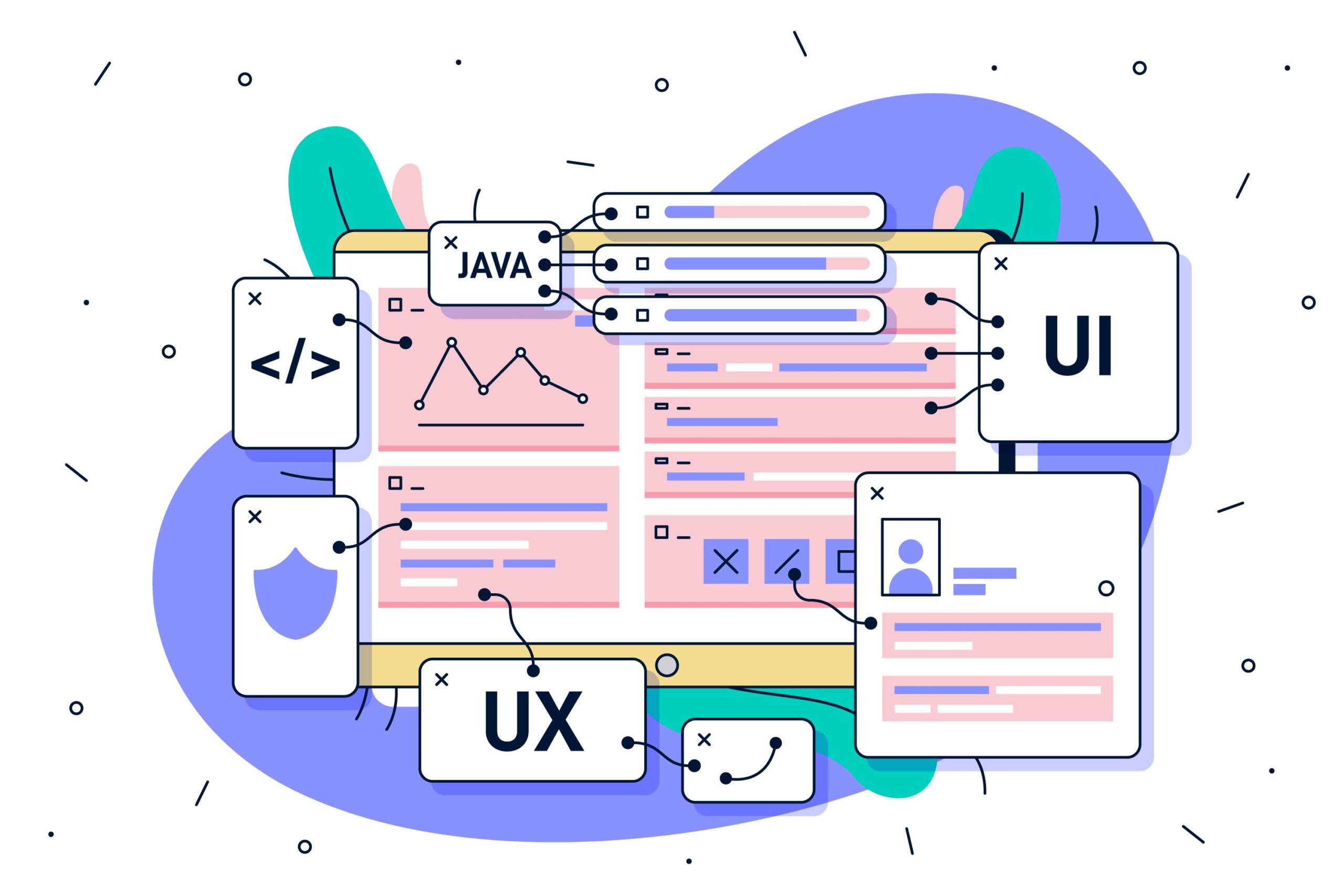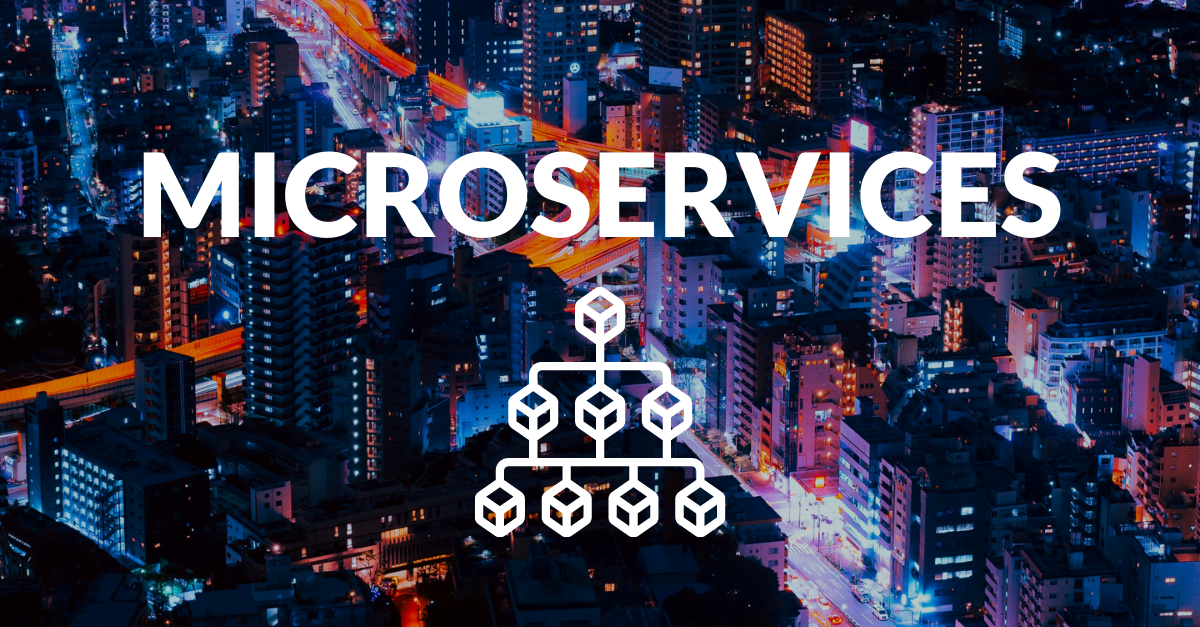Reading Time : 1 Mins
What Is RAD?
Building software is a giant exercise that involves a lot of stakeholders. Ideas will be floating around. Coffees will be consumed in large quantities. Everyone is going above and beyond their normal duties because they want to get it right. It is natural that someone in the chain of command might want to add an extra feature or functionality that might mean a huge change.
This is where rapid application development comes in.
What is Rapid Application Development (RAD)?
To put it in simple words, RAD is a development model which allows for rapid prototyping and faster feedback. It emphasizes the use of software and collecting user feedback and does not vouch for strict planning or a long-drawn requirements gathering process.
RAD became the mainstay for developers once they realized how rigid the traditional waterfall method at that time was. One of the major grouses that developers had with the waterfall model was that once a product goes into the testing phase, it becomes impossible to change major functionalities or even add a feature.
Let’s say if your needs were to have changed during the development time-frame, you will be essentially stuck with a product that might have become obsolete. In times like this when the speed at which technology and market are changing, businesses cannot afford to take such risks anymore.
Even though RAD was ideated during the 1980s, the development philosophies have changed based on the times, which is why it is still effective.
When should you use RAD?
#1 For a fast timeline:
If you have a strict deadline to meet, then RAD is your best bet. When there is a lot of pressure to deliver something on time, RAD would be the wisest choice to make as no other model can promise you fast delivery. It stands for quick development and allows you to pivot your model at any time. When you do not have the resources and time to go through a long drawn requirements gathering phase, then use RAD.
#2 When you have the budget:
While RAD is relatively inexpensive when you compare it with other software development models, it can still be expensive during certain instances. You might need to hire experienced technologists when using RAD, which is when your budget shoots up.
#3 When you can reliably test your prototypes:
The prototypes that are built as a part of rapid application development need feedback that comes from trustable sources. The success of a RAD project depends on that. So, if you can get reliable feedback, it will benefit the end product.
Different phases of RAD:
While the RAD methodology can be processed in a bunch of ways, it is usually considered to follow four main phases.
Phase 1: Requirements gathering
When compared to other project management methodologies, the requirements gathering process in RAD is shorter, but it is still a critical part in the project’s success. All the stakeholders in the project gather during this stage to determine the objectives and expectations. The existing issues and new ones that could possibly occur too are discussed.
The stakeholders are expected to weigh in with their opinions and suggestions, if any. Once there is approval from the stakeholders concerned, the project is taken to the next phase. It is pivotal that you make sure there are no misunderstandings or anything of that sort as it will only increase the time taken for GTM.
Phase 2: User Design
Before we dive into the development process, we need to build out the user design through a bunch of prototype iterations. At this stage, the clients and the developers work in tandem to ensure that the former’s needs are met at each stage in the design process. This process is what makes RAD a game-changer. The close interaction between the clients and the developers means that they will be in a position to test the product at each stage.
Each bug is checked and solved during the user design process. It allows the developers to take care of the chinks in the armour so that the clients are satisfied at any stage of the development process.
Phase 3: Rapid Construction
In this stage, the prototypes are taken and a working model is made out of them. Since the majority of the design and usability problems were addressed in the previous phase, the final product will be much faster to complete.
The team of developers will make sure that everything related to the project works according to the expectations that were listed out during the requirements gathering phase. The chances are that these needs would have been met since the clients had the opportunity to make things right as they were a part of discussions during the entire phase of the development cycle. The best part about RAD methodology is that even at this stage the client gets to suggest changes and is even allowed to add new ideas.
Phase 4: Implementation
Since RAD uses reusable components, there is little effort that is required for testing. If new products were added during testing, even those should be tested so that there are no errors.
In this implementation phase, the finished product is launched to the public. During this stage, everything from the aesthetic build of the product to its stability and maintainability comes under scrutiny.
Difference between RAD and Agile development:
If you look at it objectively, both RAD and agile development have the same kind of values, the former focuses on prototypes while agile breaks down projects into features.
When you are working on agile projects, the various features are broken down and are incrementally developed and delivered. But in RAD, the developers build all the features in close consultation with the clients, but only in the form of prototypes.
In agile projects, the client gets to view the progress only after each iteration, but with RAD, the clients are shown the various mockups, plans and tools that are used. In fact, client approvals are necessary to make sure that the product is being built according to their specifications.
Therefore, RAD is more malleable, the final output is close to the client’s expectations, and since a major part of the optimization happens during the prototyping stage itself, the GTM is fast.
Wrapping it up:
While most software development models focus on bringing a product to the customer, rapid application development, thanks to its nature, gives you the advantage of speed. Rapid Application Development ensures that the client is involved deeply in the project which increases the chances of its success. The other software development models collect user input only at the beginning and end of the project.
Regardless of the kind of software development models that you use currently if you are on the verge of trying out RAD, you can be safely assured that you will be able to get the best for your project, including a reduced timeline and increased customer satisfaction.

Chatty & gregarious, you can find her with her baby plants when not with her marketing team.
Share This Blog, Choose Your Platform!
Related Posts



